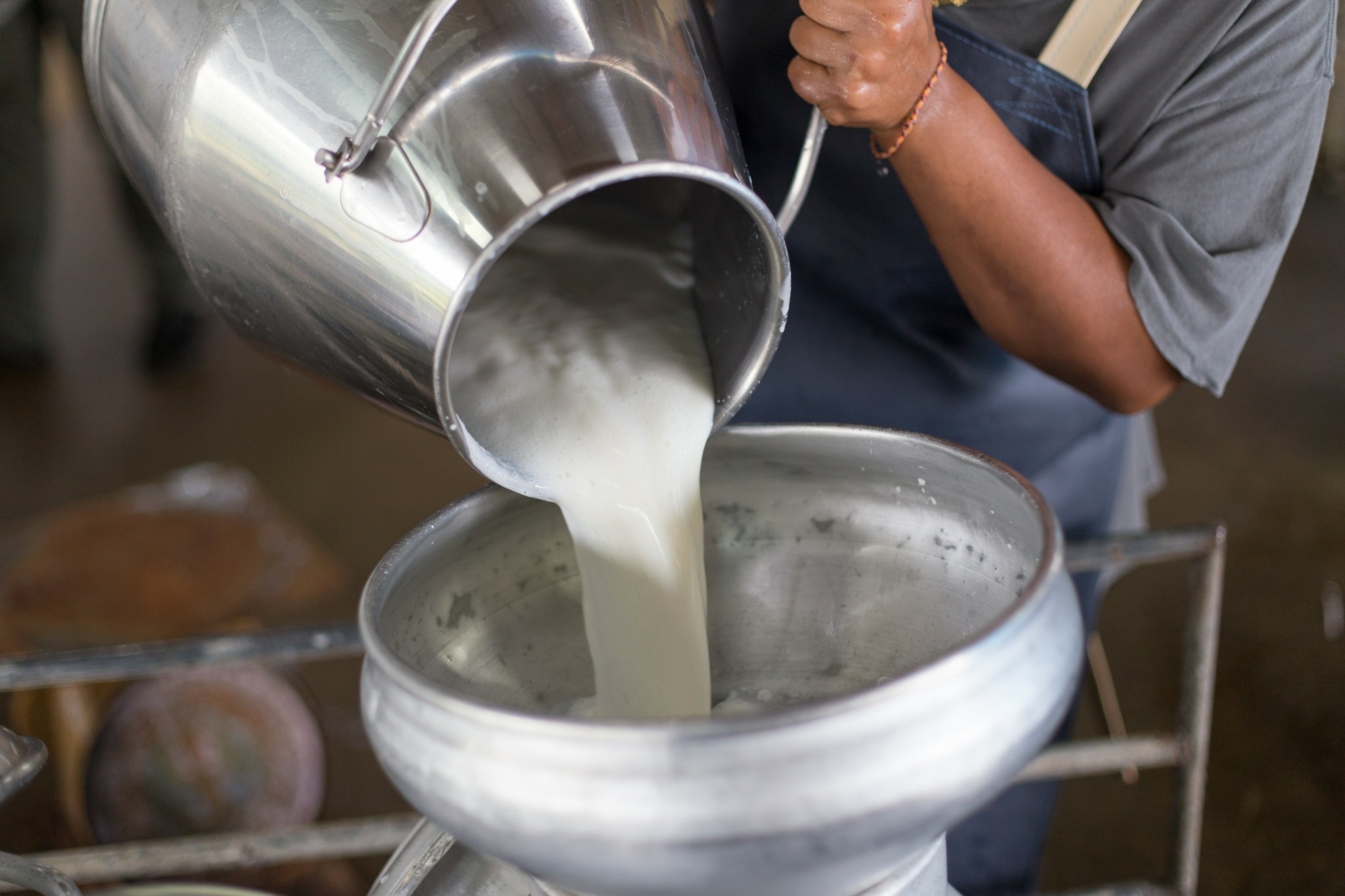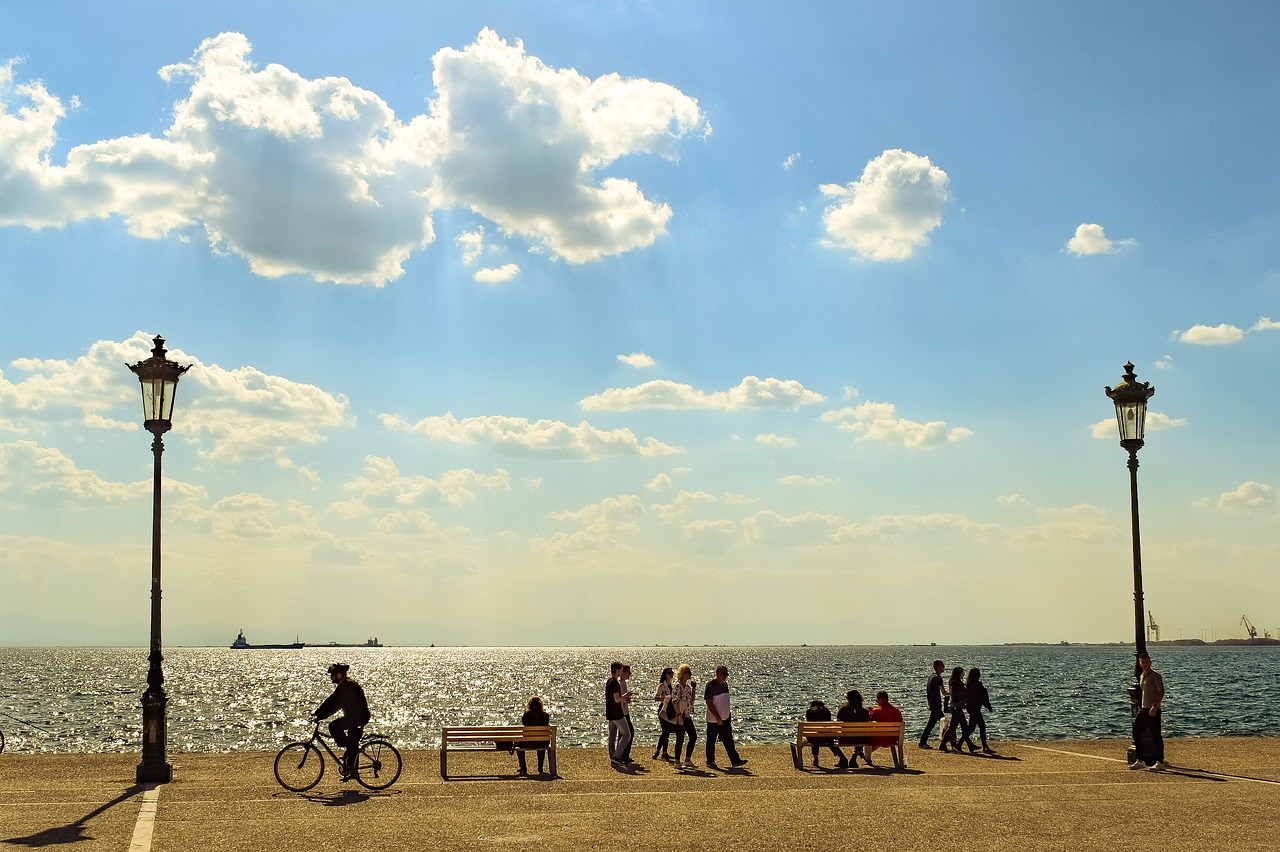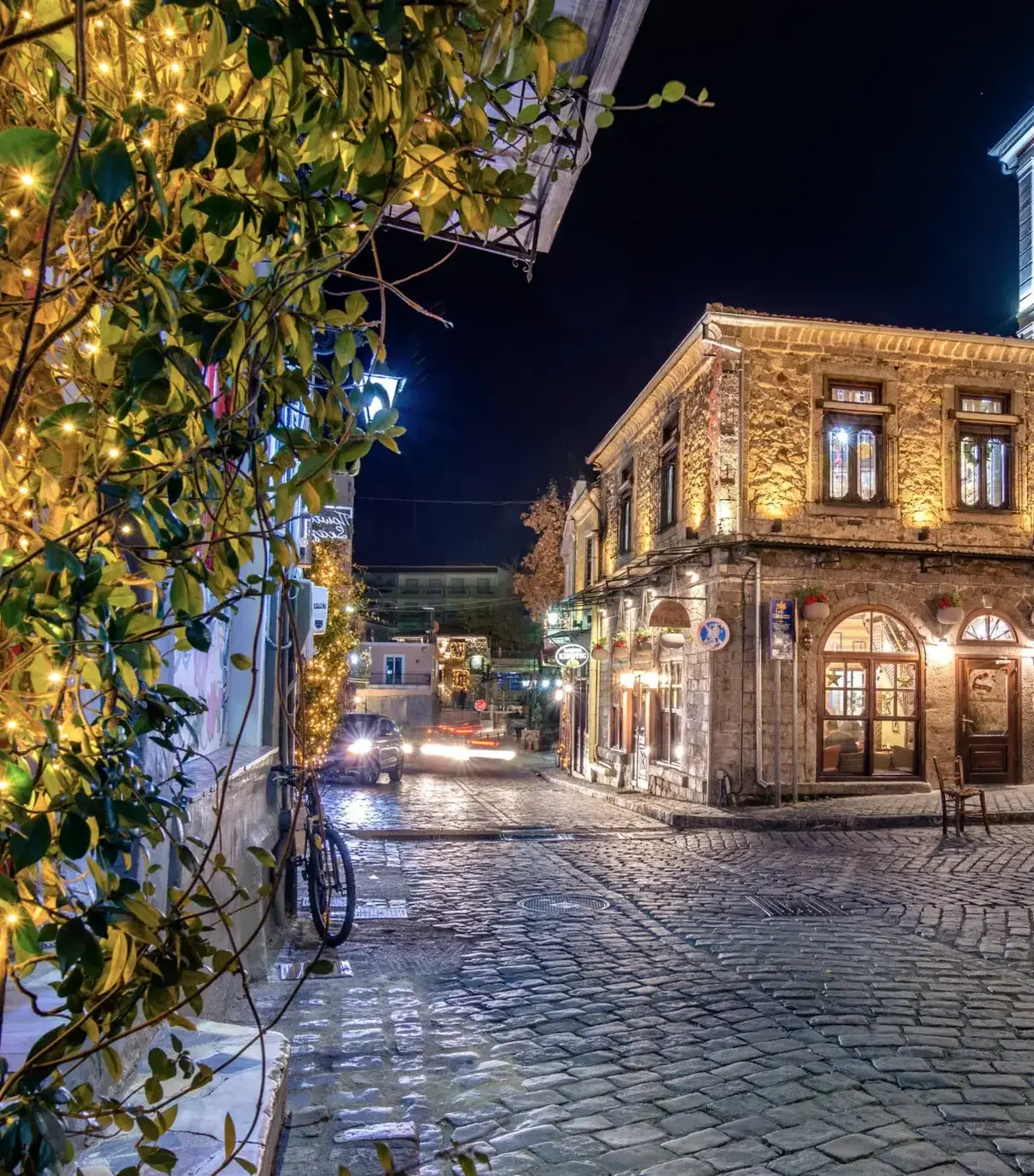The more one travels in the Cyclades the more they realise that, even though the cheeses on each island have many similarities, since many of the conditions that brought them to life are common on all Cycladic islands, they also have as many differences. Differences that are not limited to their names but extend to their special characteristics.
Tinos has a relatively large population of cattle and a unique terrain and is the second largest producer of cow milk in the Cyclades, while it holds the first spot for the production of Kopanisti (PDO). Tinos’ version is clearly milder than that of Mykonos, while the relevant legislation has been amended so that now the addition of butter is allowed, to make its flavour milder.
Even though around 30.000 sheep and goats have been recorded, the use of goat, and even more so, sheep milk in cheese-making is quite limited, at least in packaged goods.
Analati
A fresh, soft, white cheese made from full-fat goat’s or cow’s milk that thickens with the help of rennet. It’s the Tinos counterpart of armexia from Andros and is the base for the production of many different cheeses. It takes its name (in Greek it means ‘unsalted’) from the fact that at this stage no salt is added, and it resembles a thick yogurt. It is also known as Hima (literally means ‘in bulk’).
Petroma
Analati, still unsalted, placed in cheese cloths and pressed for 24 hours so as to remove the whey, produces petroma. When it was prepared at home, a special marble “petrotiri” was used that consisted of two slabs, the one at the bottom with a dent to hold the cheese and a groove to drain the liquid. Similar to petroti from Andros, it is used traditionally used to make Easter pies. Petroma is the base of the fresh Tinian tyraki, after it is drained and placed in cheese moulds with cheese cloths and is pressed again to give it the correct shape. Also, petroma is the term used in legislation for the strained cheese at the first stage of the production of Kopanisti (PDO).
Volaki or Strogilo Tinian cheese
Petroma that is crumbled, salted and shaped into balls that are left to air dry in cheesecloths, for 4-5 day, turns into Volaki or Strogilo. It can be softer or harder depending on the drying time. It is consumed fresh, so we can enjoy the fresh and the slightly tangy flavour, or dried, grated over pasta. In the past when it got too dry, they put it in oil to soften.
Malathouni
It comes from Hima that is salted, mixed and placed in a malathouni where it dries for 24 hours and takes its shape. After that, it is removed from the mould, it is tied in a cheesecloth and it airdries for a few days. In the local dialect, malathouni means the small basket made of rush that is used as a cheese mould. A similar cheese is kalathaki from Andros.
Kariki, flaski or trahilas
One of the more unique cheeses from the Cyclades, a product of necessity and of people’s inventiveness. It is part of the tradition of the mountainous villages of the island, known as Pano Meri (‘upper places’ in Greek) and it is usually produced from unpasteurised cow’s milk, although in the past they also used goat’s milk.
The dried gourd whose flesh has been removed and is used as a container is called kariki or flaski. In the case of the cheese the top part is removed carefully, it is filled with fresh, crumbled petroma which they press very well so as to remove any bubbles in the cheese. Coarse salt is added on top and they place the gourd’s lid on top, sealing it with a flour paste. It will remain sealed for at least nine months, for the cheese to get the amazingly complex scent bouquet that resembles Roquefort and its spicy flavour that resembles kopanisti. It is similar to laina’s myzithra from Serifos. The name trahilas comes from the local toponym.
Graviera
Even though graviera was added to the island’s cheese-making tradition relatively late, today it is the first in terms of production quantity. For its production cow’s milk is exclusively used. It’s almost compact in texture with small holes and mild, rich, slightly spicy flavour. It is by no means a PDO cheese.
Butter production
In the past, to make butter they put the milk in a tall container and when it started thickening, they churned it with a wooden plunger for hours. The foam that was created was the butter. They collected the foam and boiled it with salt to complete the process. Boiling was for pasteurisation and the salt for preservation. Today butter is produced at the two certified cheese dairies of the island.
N. Darioti, Th. Tsihlaki, A, Androulidakis, “Of the wind and salt”, Cyclades Chamber publishers, 2015. © Cyclades Chamber









